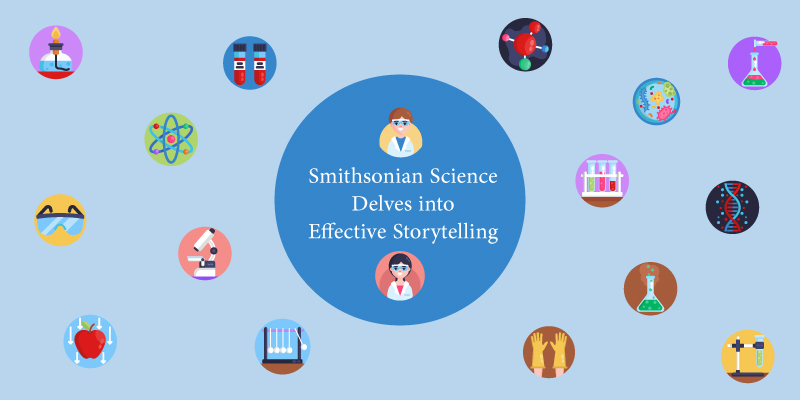Smithsonian Science Delves Into Effective Storytelling
For centuries humans have communicated through anecdotes and stories. There’s a very strong reason for this. One of the primary ones being that storytelling enables us to introduce complex concepts while still being able to keep the topics relatable. Effective storytelling is how we share information, and quite frankly, most of how humans communicate today is still in stories. It’s our native way of sharing our learnings and understandings. And therefore, it’s only natural for young learners to learn best with stories. Smithsonian Science stories harps on this very teaching method for effective learning experiences for young learners. Here’s how Smithsonian uses stories to teach young students:
Survival Stories
Learning about nature and their surroundings is pretty important and outright necessary for young students. Developing a basic understanding of how things work is primary for children in their developing stages. Survival stories are a collection of lessons and anecdotes that help the child learn easily and simply about nature, their surroundings and safety. The topics covered in the stories include, plants and botany, animals and their biology, parenting in animals, and the similar parallels drawn for parenting in humans. The students also learn about the various ways in which animals and plants defend themselves from the elements and other factors that could harm them. It is also explained in this story as to why people and animals are similar and have similar body parts that all have a role to play.
Everyday Energy
Energy is quite an abstract topic to teach children, and sometimes even to adults. This is the case because energy is not tangible like the other things children experience in their lives of limited exposure. The Everyday Energy book enables them to develop an understanding of this fundamental natural phenomena that we refer to as energy. In this book with the help of stories students learn how energy is used in homes, how power plants that produce energy works, and they also learn about the different resources used to create this energy. With a basic understanding of energy, the young students are also taught about the various roadblocks we face as a civilization to create sustainable energy and the various steps that we take to make our consumption energy efficient.
Changing Earth
Change itself is a new concept to children while also being uncomfortable to learn. Children in their lives of limited exposure learn very little about the changing world. The Changing Earth book highlights how the earth changes in slow and fast ways. With the help of stories children understand how the earth is shaped. How land and water interact with each other. The young students learn about stability and change in earth, their stories also help them learn about the role engineers and scientists play in changing the earth in very different ways. Erosion as a concept is introduced to the young students, where they also learn the very real problems created by it.
With several such diverse stories and anecdotes, students learn real usable information that sets their basics for science.
Smithsonian Science by Carolina is an online classroom platform. The platform provides an opportunity to all the students to learn and explore with ease from the comfort of their homes. Being adopted with great results in Dubai, GCC, Middle East and UAE, the Smithsonian Science Stories, set a great fundamental base for the students’ understanding of science and the world at large.






Recent Comments